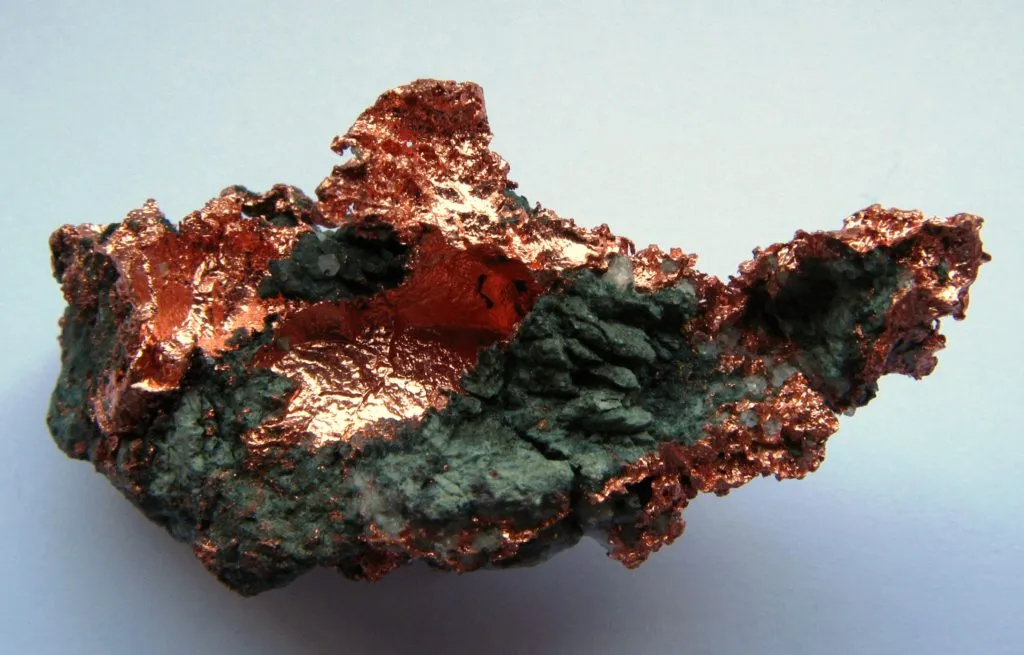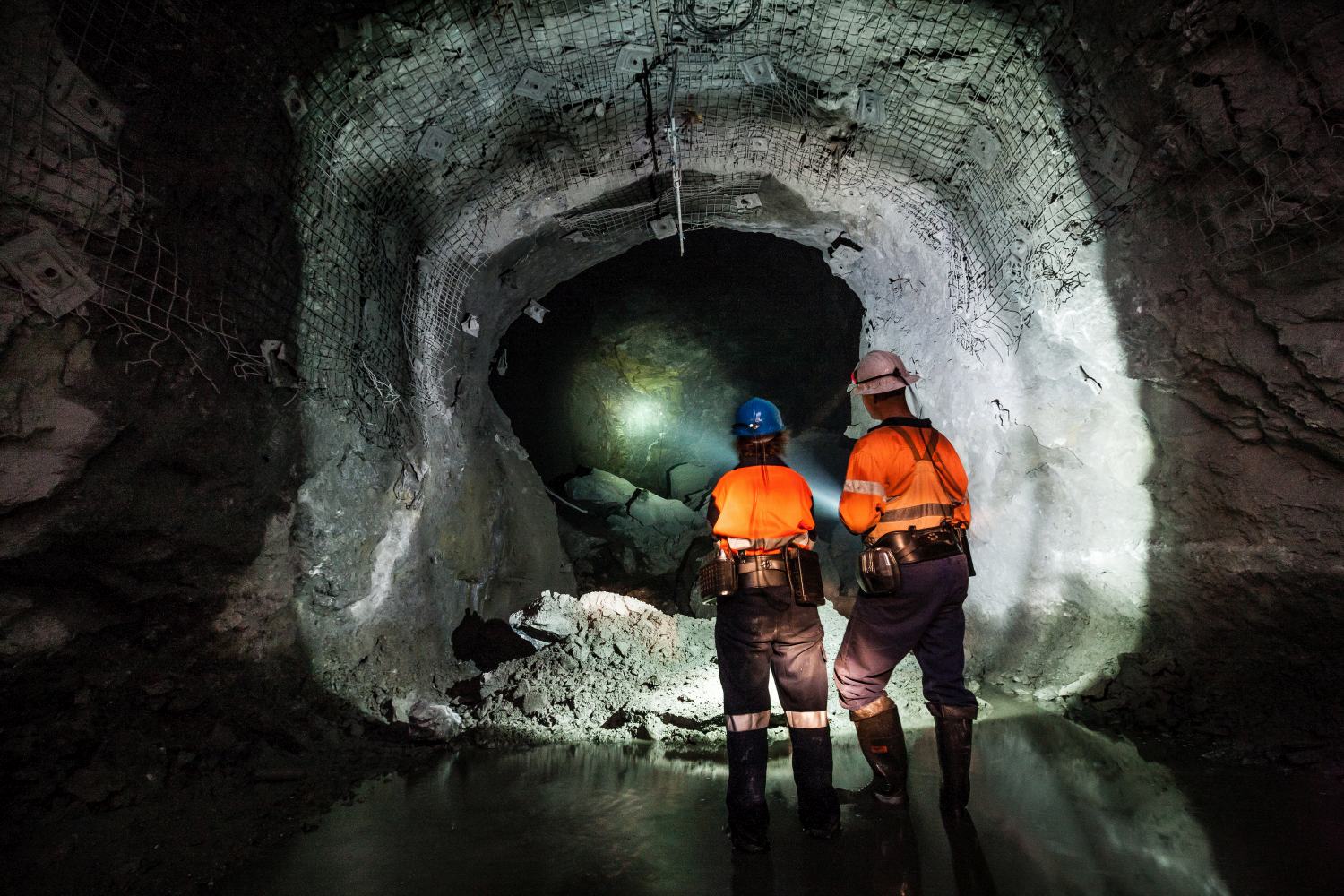Copper ore is a vital mineral resource that plays a crucial role in various industries, from electronics to construction. As one of the oldest metals used by humans, copper has been prized for its electrical conductivity, malleability, and resistance to corrosion. This article delves into the properties of copper ore, its extraction methods, applications, and the environmental considerations associated with its mining.
What is Copper Ore?
Copper ore refers to any mineral that contains sufficient copper to be economically viable for extraction. The primary copper-bearing minerals include:
- Chalcopyrite (CuFeS₂): The most abundant and economically important copper ore, chalcopyrite contains about 34% copper and is usually found in sulfide deposits.
- Bornite (Cu₅FeS₴): Often referred to as “peacock ore” due to its iridescent colors, bornite is another significant copper source, containing approximately 63% copper.
- Malachite (Cu₂CO₃(OH)₂): A green carbonate mineral, malachite is primarily used in decorative items but also serves as an ore for copper extraction.
- Azurite (Cu₃(CO₃)₂(OH)₂): Known for its deep blue color, azurite is less common than malachite but can also be a minor source of copper.
Extraction of Copper Ore
The extraction of copper ore involves several key steps, primarily through mining and processing:
- Mining: Copper ore is extracted using two primary methods:
- Open-Pit Mining: This method is used for large, near-surface deposits. It involves removing large amounts of overburden and extracting the ore in a series of benches.
- Underground Mining: Employed for deeper deposits, underground mining involves creating tunnels or shafts to access the ore. This method is generally more expensive and involves higher safety risks.
- Crushing and Grinding: Once mined, the copper ore is crushed and ground into a fine powder to facilitate further processing.
- Concentration: The powdered ore undergoes a concentration process to increase the copper content. This typically involves:
- Flotation: A method where chemicals are added to create bubbles that attach to the copper minerals, allowing them to float and be skimmed off.
- Gravity Separation: This method uses the difference in density to separate heavier copper minerals from lighter waste material.
- Smelting: The concentrated ore is then smelted in a furnace at high temperatures. This process involves adding flux (such as limestone) to separate impurities from the molten copper.
- Electrorefining: The final step involves refining the smelted copper to remove any remaining impurities. This is done through electrolysis, producing high-purity copper cathodes.
Applications of Copper
Copper is known for its versatility and wide range of applications:
- Electrical Wiring: Due to its excellent electrical conductivity, copper is the standard material for electrical wiring in homes, buildings, and electronics.
- Plumbing: Copper pipes are commonly used in plumbing systems due to their corrosion resistance and antimicrobial properties.
- Construction: Copper is used in roofing, gutters, and architectural features, providing both aesthetic appeal and durability.
- Electronics: Copper is integral to the manufacturing of electronic components, circuit boards, and telecommunications equipment.
- Alloys: Copper is used to produce various alloys, such as brass (copper and zinc) and bronze (copper and tin), which have specific properties for different applications.
Global Significance
Copper is one of the most widely used metals worldwide, with significant demand in emerging economies driven by urbanization and industrialization. Major producers of copper ore include:
- Chile: The largest producer of copper globally, home to the vast Escondida mine.
- Peru: A significant contributor to the global copper supply, with major mining operations in the Andes.
- China: A leading consumer of copper, driven by its extensive manufacturing and construction industries.
Environmental Considerations
The extraction and processing of copper ore come with various environmental impacts:
- Habitat Destruction: Mining activities can lead to habitat loss and ecosystem disruption, affecting local wildlife.
- Water Pollution: Runoff from mining sites can contaminate nearby water sources with heavy metals and other pollutants.
- Air Emissions: Smelting and refining processes can release harmful gases, including sulfur dioxide, contributing to air pollution.
- Waste Management: The disposal of tailings and waste rock poses challenges for land management and environmental protection.
Innovations in Sustainable Mining
As environmental concerns grow, the copper mining industry is adopting more sustainable practices:
- Recycling: The recycling of copper is increasingly emphasized, as it reduces the demand for newly mined ore and conserves energy.
- Green Technologies: Innovations in extraction and processing, such as bioleaching (using bacteria to extract metals), are being explored to minimize environmental impacts.
- Restoration Efforts: Many mining companies are implementing reclamation projects to restore mined areas to their natural state after operations cease.
Conclusion
Copper ore is a fundamental resource that underpins modern industry and technology. Its extraction and processing play a crucial role in the global economy, but they also pose significant environmental challenges. By embracing innovative technologies and sustainable practices, the copper industry can continue to meet growing demand while protecting the environment. As we look to the future, the balance between resource extraction and environmental stewardship will be essential in ensuring the longevity and sustainability of this vital metal.



